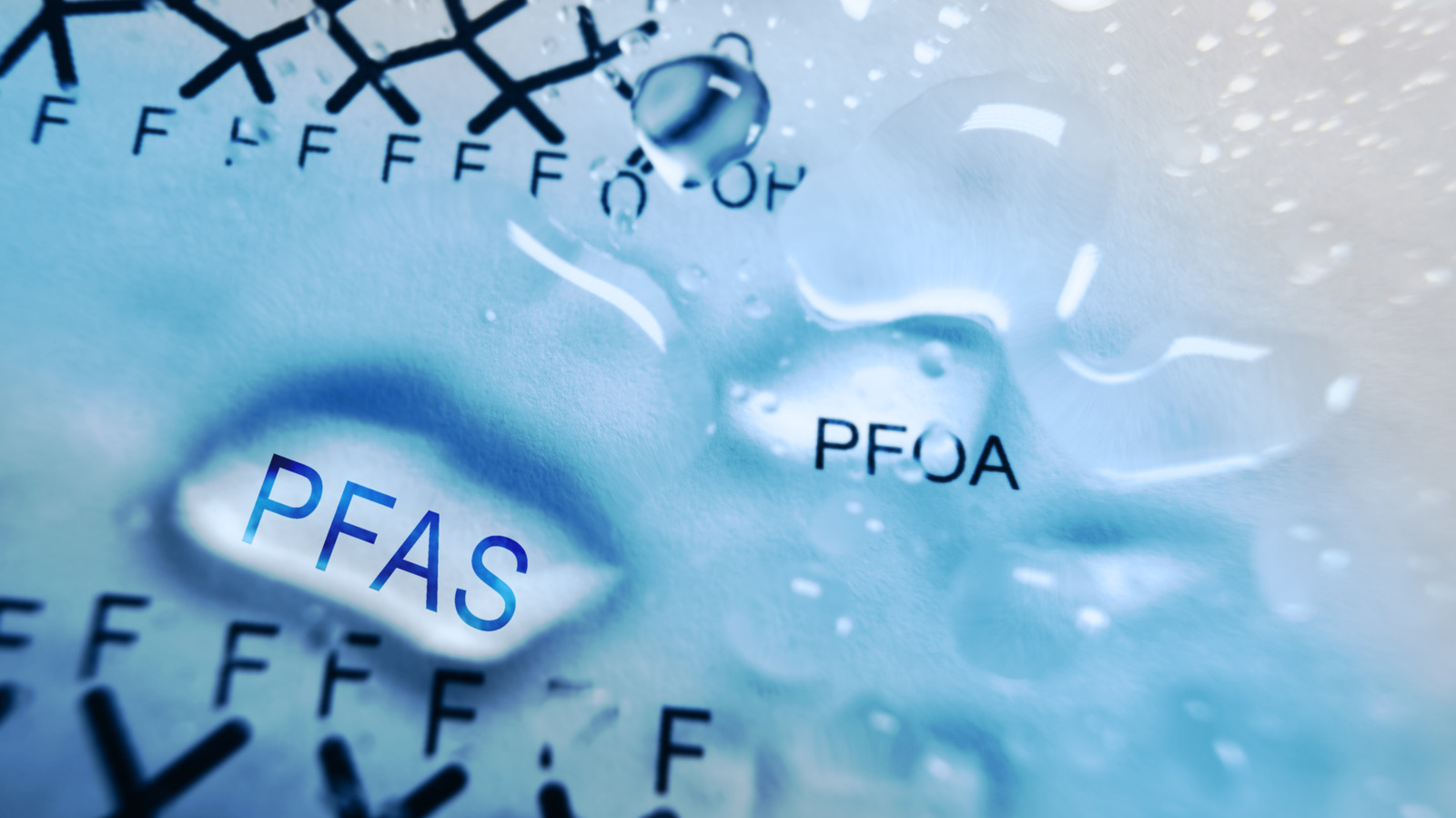Per- and Polyfluoroalkyl Substances, also called PFAS, are known as toxic “forever” chemicals. They permeate nearly everything, because they’re used in so much. People come into contact with them through everyday items like apparel, non-stick cookware, cosmetics, upholstery, rugs, and more. Worst of all, PFAS have made their way into the environment — including soil, air, and water, notably drinking water. They’ve even been found in 99% of bottled water, not just tap water. They’re called forever chemicals because they break down extremely slowly over time, over a span of hundreds to thousands of years. Studies have also linked PFAS to serious health effects in humans, like liver damage, reproductive disorders, immune system disruption, and unsurprisingly, certain cancers. That explains why there’s a lot of research studying ways to get rid of them faster. A collaborative study published in Advanced Materials introduces a new eco-friendly technology that may be used to remove toxic PFAS from water.
It’s important to note that capturing PFAS molecules is only part of the solution. Methods are also needed to destroy those substances. The research team has a solution for both, after experimenting with previously discovered materials that contained a layered double hydroxide (LDH) made of copper and aluminum. In formulation with nitrate, the resulting material adsorbs PFAS – attracts to its surface – with remarkable efficiency. It takes minutes to remove large concentrations versus the slower commercial carbon filters typically used for the same methods. It works because the layered copper-aluminum material has a slight charge imbalance, which encourages the PFAS molecules to bind faster and stronger than comparable options. The research team tested the material in river, tap, and wastewater and it worked well, including with static and continuous-flow systems. So, the technology would be reliable in water treatment plants, for instance.
Why we need better technologies for the adsorption of PFAS
Traditionally, water treatment solutions use adsorption to remove PFAS molecules, which means they’re not necessarily filtered but instead stick to the materials being used, like activated carbon or ion-exchange resins. But there are also some glaring drawbacks with the current iterations of the technology. They’re slow and ineffective, they have a limited capacity, and over time, they also produce waste that needs proper handling and disposal. The new LDH material, discovered in the study, can actually be reused numerous times and it has to do with how the team setup a capture and destroy process. They effectively solved the need to destroy or dispose of the PFAS after capture.
By heating the experimental material, using calcium carbonate, the team was able to eliminate the trapped PFAS molecules without releasing toxic by-products. In other words, they can destroy the harmful molecules with no side effects. But that process also regenerates the LDH material, so it can be reused for “at least” six full cycles according to research. That would significantly cut down on general waste, but because it’s so effective the potential is exponential. Considering how this well-known forever chemical in drinking water causes cancer, and that only a small percentage of Earth’s water is drinkable, it’s clear just how important a discovery like this really is.






![CardPointers updated for iOS 26 with Liquid Glass design, Apple Intelligence, more [Save 50%] – 9to5Mac CardPointers updated for iOS 26 with Liquid Glass design, Apple Intelligence, more [Save 50%] – 9to5Mac](https://i0.wp.com/9to5mac.com/wp-content/uploads/sites/6/2025/09/cardpointers-ios-26.webp?resize=1200%2C628&quality=82&strip=all&ssl=1)


